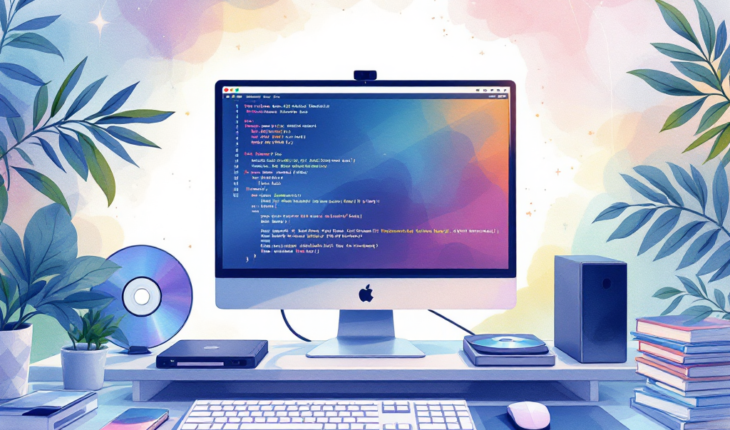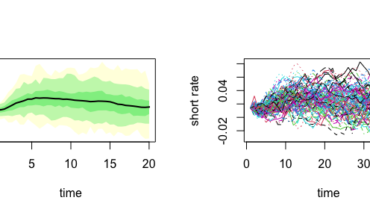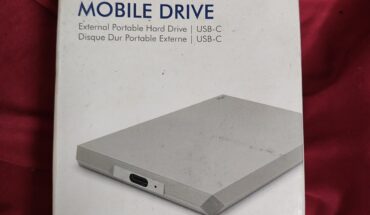Storage media management is a fundamental aspect of working with Linux systems. Whether you’re a new Linux user or looking to expand your knowledge, understanding how to work with different storage devices is essential. This guide will walk you through the basics of storage media management in Linux, from mounting devices to creating file systems.
Physical Storage Devices
- Hard Disk Drives (HDDs)
- Solid State Drives (SSDs)
- USB Flash Drives
- CD/DVD Media
- Floppy Disks (legacy systems)
Network Storage
- Network File System (NFS)
- Samba Shares
- Network-Attached Storage (NAS)
Virtual Storage
- RAID (Redundant Array of Independent Disks)
- LVM (Logical Volume Manager)
- Virtual Disk Images
1. mount and umount
The mount command attaches storage devices to your file system, while umount safely detaches them.
# Mount a USB drive sudo mount /dev/sdb1 /mnt/usb # Unmount a device sudo umount /dev/sdb1
2. fsck (File System Check)
Use fsck to check and repair file system errors:
# Check file system integrity sudo fsck /dev/sdb1 # Force check on next reboot sudo touch /forcefsck
3. fdisk (Partition Management)
fdisk is used for creating, deleting, and managing partitions:
# Start fdisk for a device sudo fdisk /dev/sdb # Common commands: # p - print partition table # n - create new partition # d - delete partition # w - write changes
4. mkfs (Create File Systems)
Create new file systems using mkfs:
# Create ext4 filesystem sudo mkfs -t ext4 /dev/sdb1 # Create FAT32 filesystem sudo mkfs -t vfat /dev/sdb1
USB Flash Drives
- Insert the drive
- Identify the device name:
lsblk - Create mount point:
sudo mkdir /mnt/usb - Mount:
sudo mount /dev/sdb1 /mnt/usb
Optical Media (CD/DVD)
# Mount CD/DVD sudo mount /dev/cdrom /mnt/cdrom # Create ISO image dd if=/dev/cdrom of=backup.iso
Network Storage
# Mount NFS share sudo mount -t nfs server:/share /mnt/nfs # Mount Samba share sudo mount -t cifs //server/share /mnt/samba
Problem: Create a new partition and format it with ext4.
Steps:
- Identify your device using
lsblk - Create partition with
fdisk - Format with ext4
- Mount and verify
Need help?
Solution:
sudo fdisk /dev/sdb # Use n for new partition sudo mkfs.ext4 /dev/sdb1 sudo mount /dev/sdb1 /mnt/data df -h /mnt/data
- Always unmount devices before physical removal
- Regularly check file system integrity
- Back up important data
- Use appropriate file systems for your needs
- Document your storage configuration
-
Q: How do I safely remove a USB drive? A: Always use
umountbefore physical removal to prevent data corruption. -
Q: Why can’t I mount my drive? A: Check permissions, ensure the mount point exists, and verify the file system type.
-
Q: How do I check disk space? A: Use
df -hfor mounted file systems anddu -hfor directory usage. -
Q: Can Linux read NTFS drives? A: Yes, with the ntfs-3g driver installed.
-
Q: How do I repair a corrupted file system? A: Use
fsckin recovery mode or from a live USB.
- Regular Maintenance
- Check file systems periodically
- Monitor disk health
- Keep backups current
- Safety Measures
- Always unmount before removing devices
- Use write protection when needed
- Verify checksums for important data
- Performance Tips
- Choose appropriate file systems
- Regular defragmentation (when needed)
- Monitor disk space usage
Related







